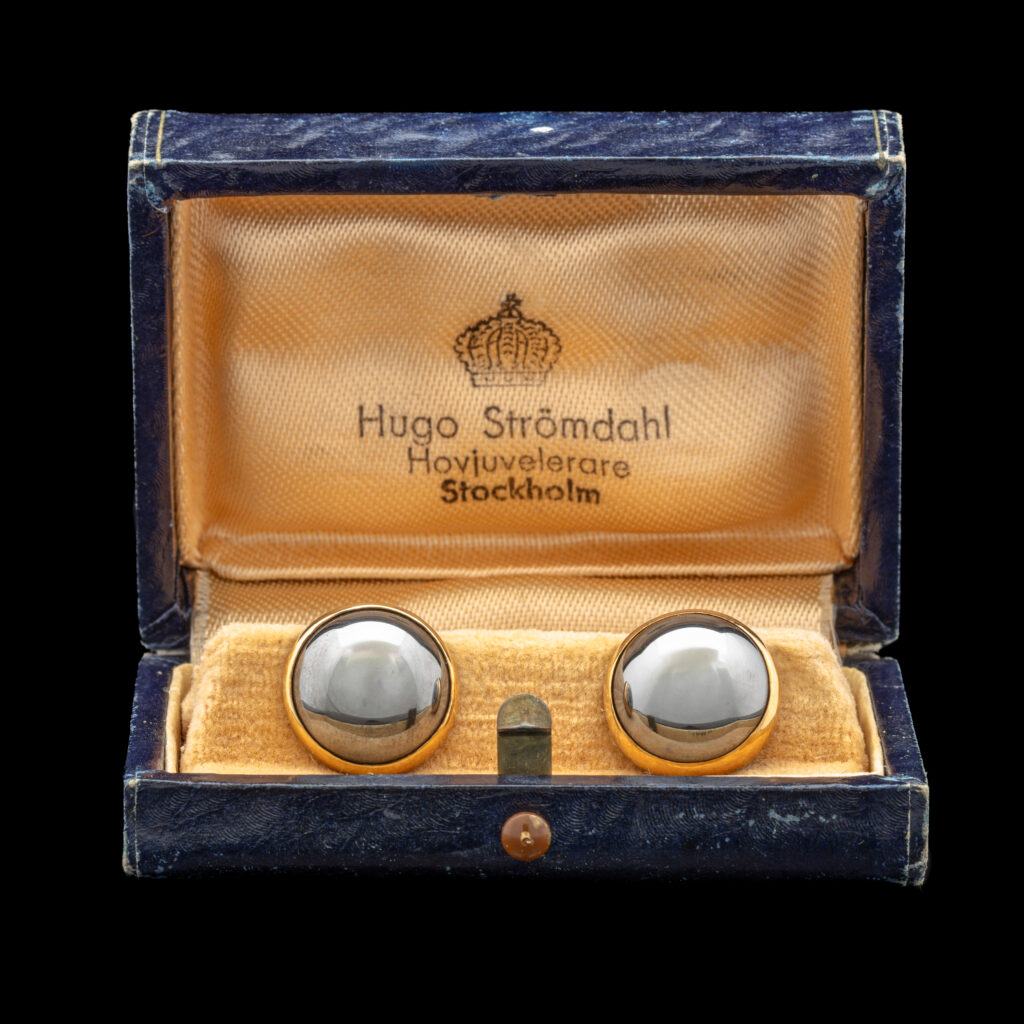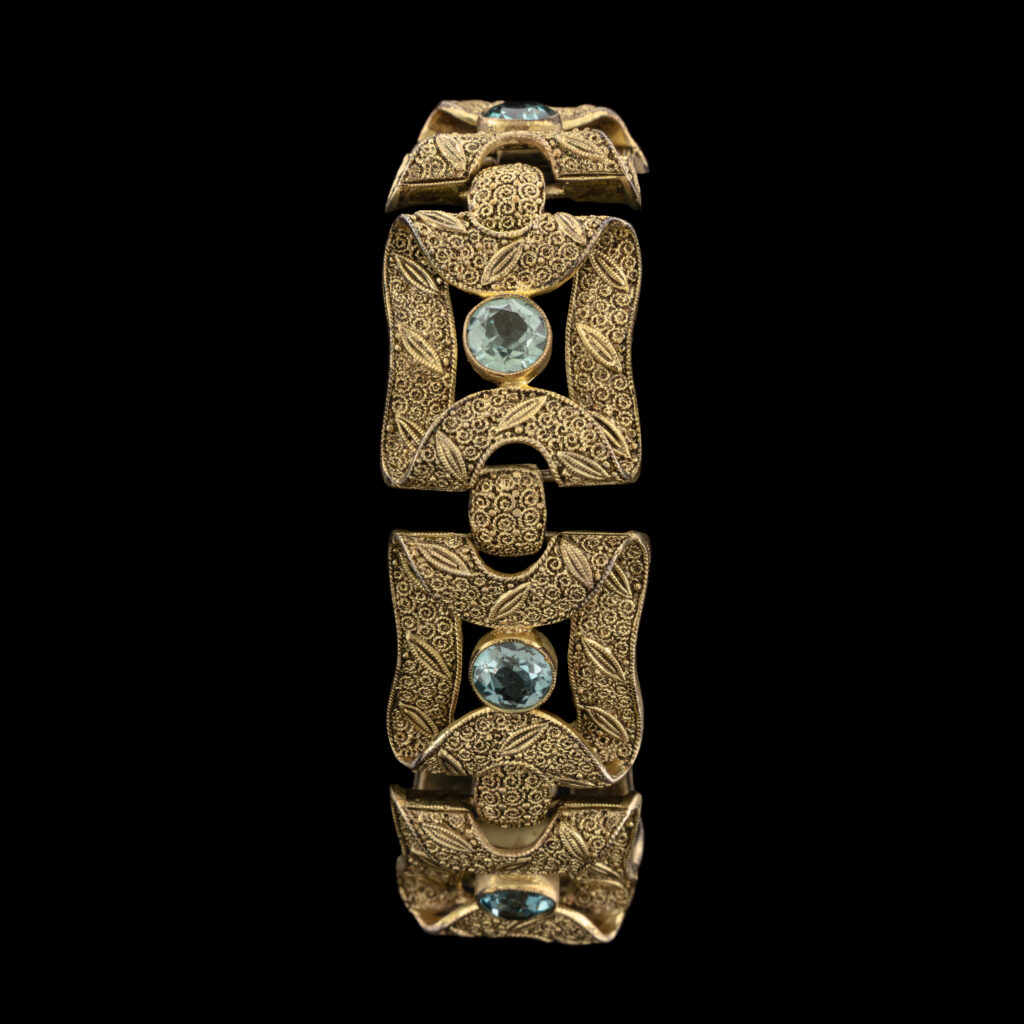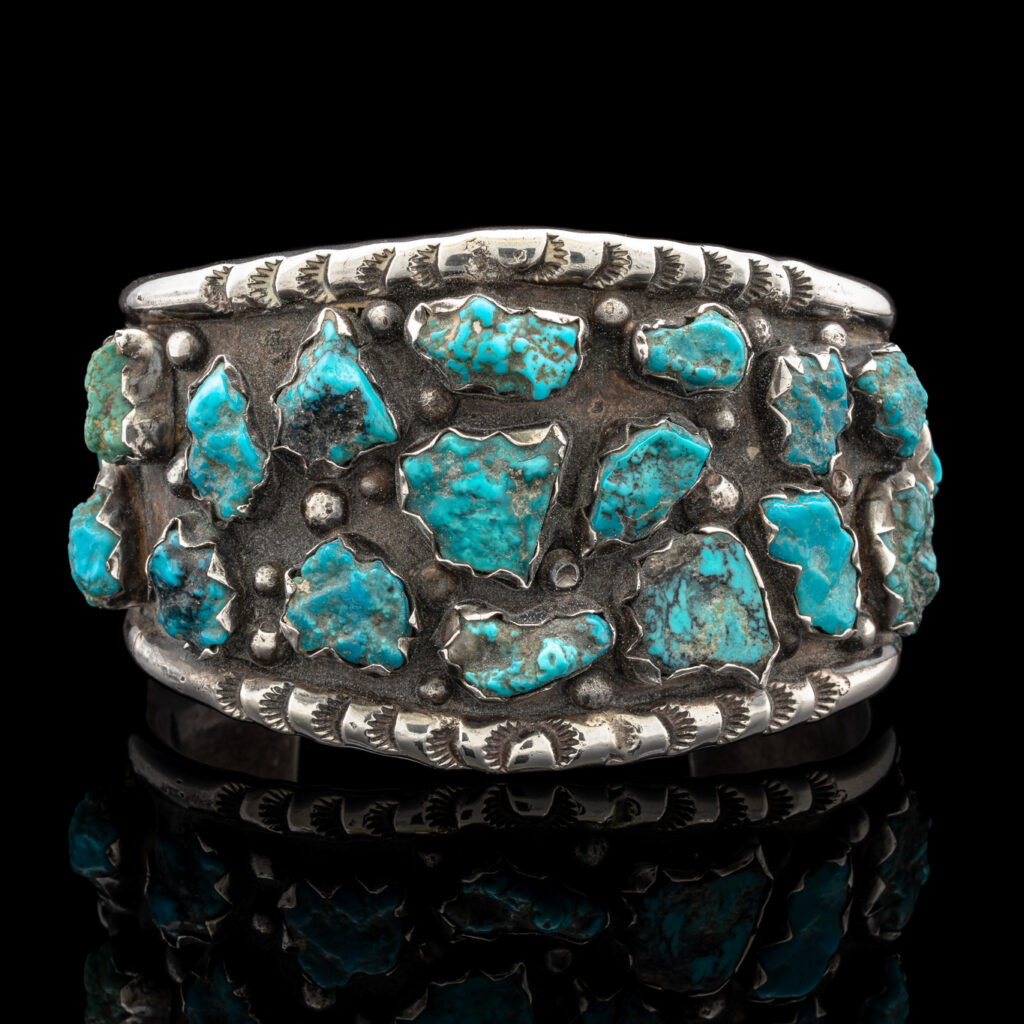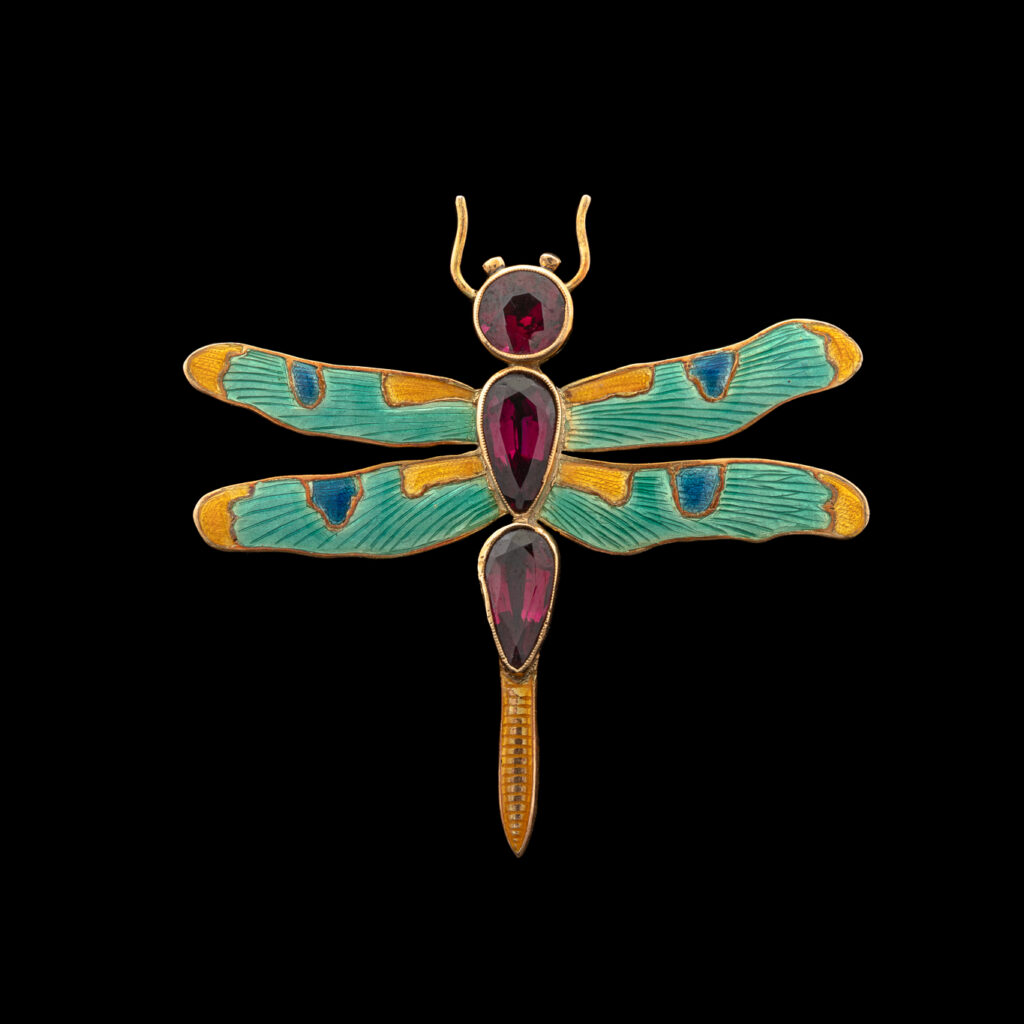Historical craftsmanship. Second-hand jewelry is a treasure trove of distinctive and rare designs. The jewelry industry, especially gold and diamond mining, has significant environmental and ethical concerns, including deforestation, water pollution, and labor exploitation.


(Item 474625 )
Choosing second-hand jewelry reduces demand for newly-mined materials, lowering the overall environmental footprint of jewelry consumption. This sustainable choice aligns with the values of those who seek to minimize their impact on the planet.
Jewelry evokes emotion, and expresses the wearer’s identity. Look for hallmarks, maker’s marks, or other signs of authenticity.

(Item 83657)
Buying second hand jewelry is a sustainable, stylish, and sentimental way to acquire beautiful accessories with a story. These pieces carry a level of charm and character that modern jewelry often lacks.

(Item 474351)
If you’re buying a piece with precious stones, request a certificate of authenticity from a reputable jeweler or gemologist to verify its quality and origin.
(Photo credits: Max Beebe, Omega Images.)
